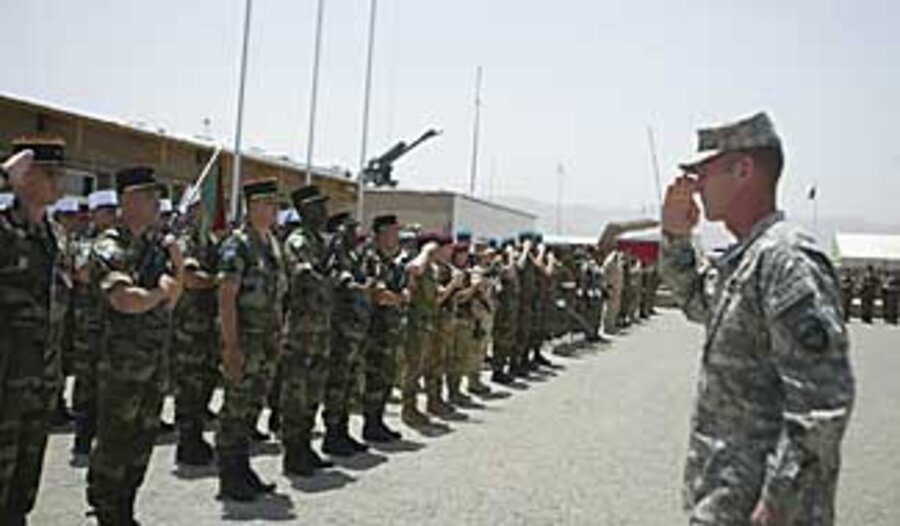More US troops for Afghanistan: Are they inevitable?
Loading...
| Washington
The 21,000 US troops promised to Afghanistan have still not all arrived, yet speculation is rife that rising violence may force the senior commander there to ask for more.
Last month was the deadliest ever for US forces in Afghanistan. In all, 76 coalition troops were killed. Seeking to reverse that trend, the top American commander in Afghanistan, Gen. Stanley McChrystal, is preparing an assessment of the mission. News reports suggest that he could ask for an additional 10,000 to 45,000 troops.
Previous commanders have all asked for more forces. In the past, "the handwriting was on the wall for more forces – and may still be," says Michael O'Hanlon, an analyst at Brookings, a think tank in Washington.
If General McChrystal does ask for thousands more troops, it could cause a rift between the administration and left-leaning Democrats in Congress.
Yet there is some support for a comprehensive request now – truly surging forces the same way that forces were deployed to Iraq in 2007. That plan took shape only after the resignation of Defense Secretary Donald Rumsfeld – a strong advocate of smaller forces.
"We made mistakes in Iraq," said Sen. Lindsay Graham (R) of South Carolina on CBS's "Face the Nation" Sunday. "Let's not 'Rumsfeld' Afghanistan, let's not do this thing on the cheap."
Other experts believe sending more forces before the original 21,000 troops have settled doesn't make sense. No one knows the impact they will have yet.
Moreover, simply adding more troops won't make a difference if there aren't enough Afghan forces prepared to take the lead and be the "face" of the security force, say other analysts.
"It would be extremely dangerous to simply have an increase in US brigades," said Tony Cordesman, an analyst at the Center for Strategic and International Studies and an adviser to McChrystal, at an event late last month. "If it's done without building up the Afghan forces and putting them in the lead ... [then] yes, simply putting in more outside NATO-ISAF troops will not, by itself, help."
Recent public opinion polls in the US show increasing concern about the mission there. But top military officials say they will need at least another year to show progress.
Mr. O'Hanlon of Brookings says he believes Congress will stay with Mr. Obama until at least next year's mid-term elections. "There is more time here than people think," he says.
-----
Follow us on Twitter.





